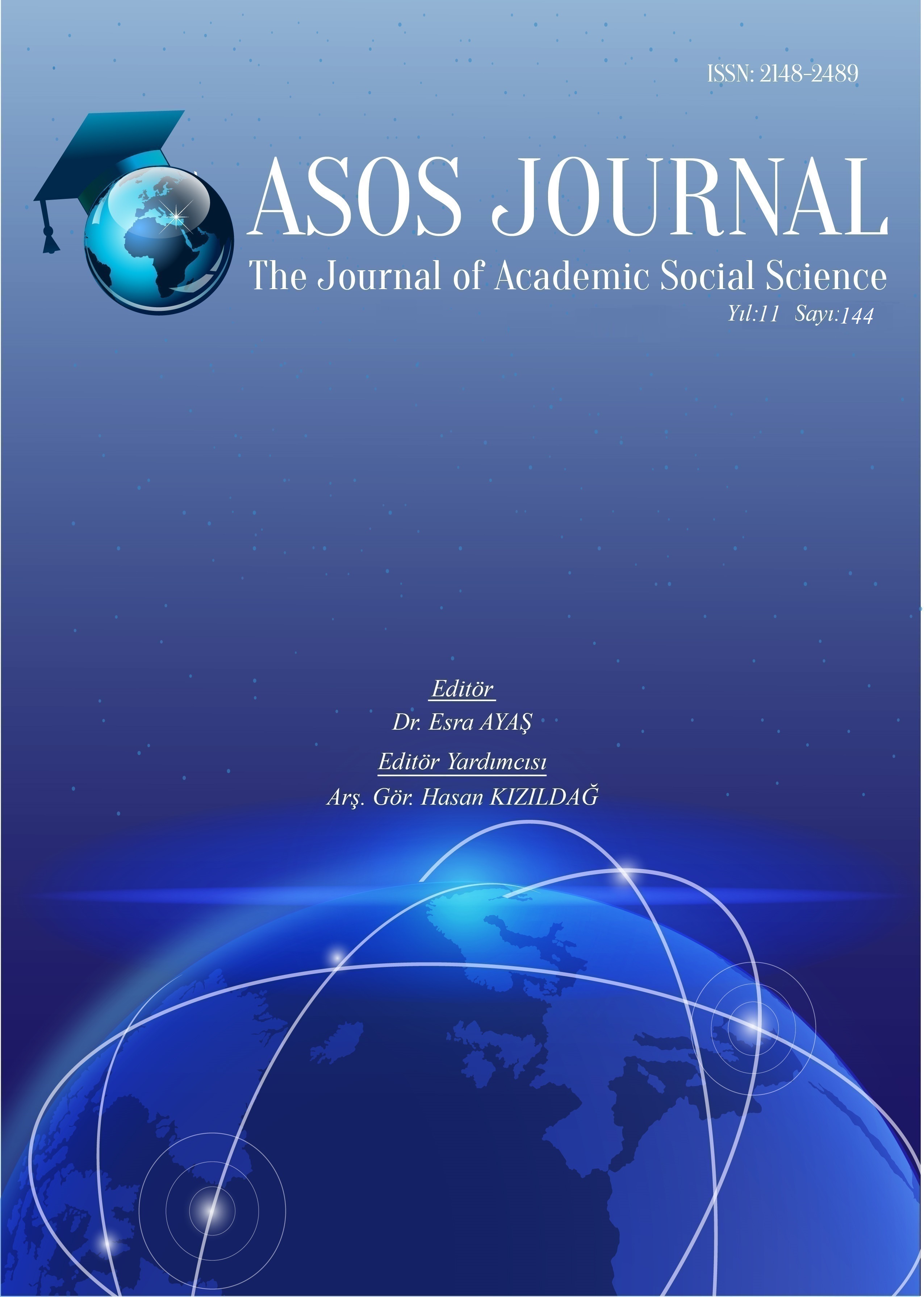Author :
Abstract
Bu çalışmada, Türkiye ekonomisinin 1985-2021 dönemi için basit parasal oran ve 1990-2021 dönemi için MIMIC model yöntemleri kullanılarak kayıt dışı ekonomi tahmin edilmiştir. Basit parasal oran yöntemi tahmin sonuçlarına göre, kayıt dışı ekonominin yıllar itibariyle %1,88 ile %51,27 arasında değiştiği görülmüştür. MIMIC model yöntemi tahmin sonuçlarına göre ise kayıt dışı ekonomi %20,38 ile %38,76 arasında değişmektedir. Özellikle 1999 yılından sonra kayıt dışı ekonomi belirgin bir şekilde artmıştır. 2021 yılında ise %25,64 seviyesine düşmüştür. Daha sonra MIMIC model ve basit parasal oran yöntemleri kullanılarak tahmin edilen kayıt dışı ekonomi serilerine Harvey vd. (2008) doğrusallık testi uygulanmıştır. Hem MIMIC hem de basit parasal oran yöntemi ile tahmin edilen kayıt dışı ekonomi serisi için uygulanan Harvey vd. (2008) testi sonucu kayıt dışı ekonomi serileri doğrusal yapıda bulunmuştur. Daha sonra MIMIC model yöntemi ile tahmin edilen kayıt dışı ekonomiyi etkileyen mali, sosyal ve ekonomik değişkenler belirlenerek iki farklı ekonometrik model kurulmuştur. Modellerin katsayıları Engle-Granger ve ARDL sınır testi yöntemleri ile tahmin edilmiştir. Tahmin sonuçlarına göre, büyüme oranı, enflasyon oranı, para arzı ve vergi yükü değişkenlerinin kayıt dışı ekonomi üzerinde artırıcı etkilerinin olduğu ve döviz kuru, mükellef sayısı, tasarruf oranı, sabit sermaye yatırımları/GSYH ve istihdam oranı değişkenlerinin de kayıt dışı ekonomi üzerinde azaltıcı etkilerinin olduğu görülmektedir.
Keywords
Abstract
In this study, the informal economy of Turkey was estimated by using simple monetary ratio within the period of 1985-2021 and MIMIC model methods for the period of 1990-2021. According to the results obtained from the simple monetary ratio method, the informal economy varied between 1,88% and 51,27% over the years. The results from the MIMIC model method showed that the informal economy ranged from 20,38% to 38,76% between 1990 and 2021. Particularly after 1999, the informal economy increased significantly. In 2021, it decreased to 25,64%. Afterwards, linear tests by Harvey et al. (2008) were applied to the estimated informal economy series using the MIMIC model and simple monetary ratio method. The linear test by Harvey et al. (2008) applied for the informal economy series obtained from both the simple monetary ratio method and MIMIC model indicates that the series exhibits linear behavior. Thereafter, by determining the financial, social, and economic variables affecting the estimated informal economy using the MIMIC model, two different econometric models were constructed, and the models coefficients were estimated using the Engle-Granger method and the ARDL bounds testing approach. According to the estimation results, it can be observed that the growth rate, inflation rate, money supply, and tax burden variables have increasing effects on the informal economy, while the exchange rate, number of tax payers, savings rate, fixed capital investments/GDP, and employment rate have decreasing effects on the informal economy.
